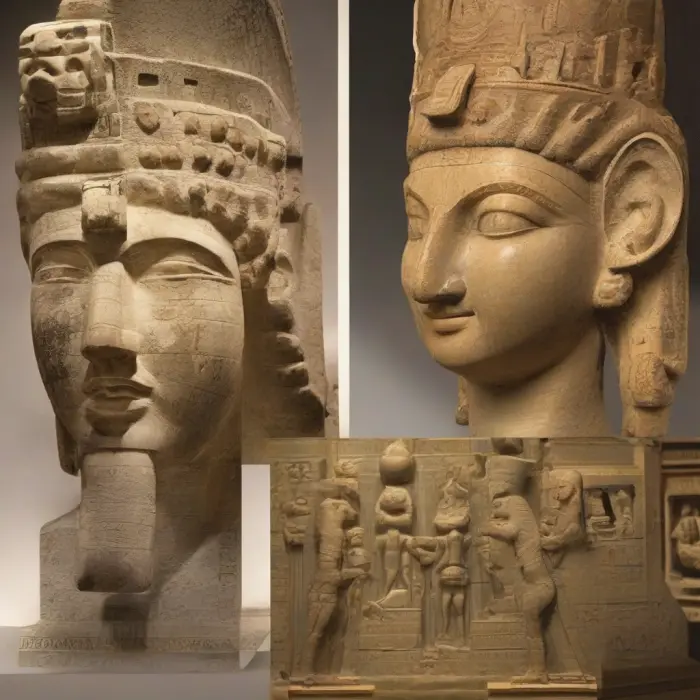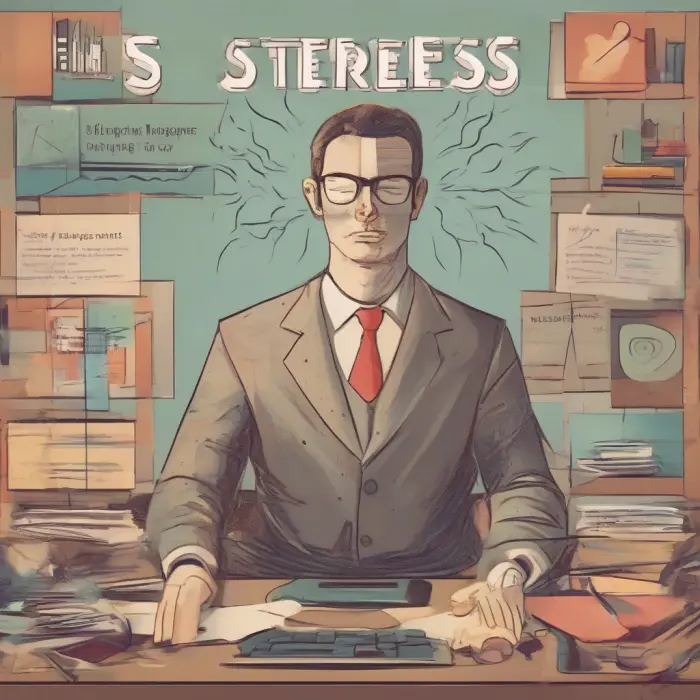Intriguing Facts About Parallel Universes
The concept of parallel universes has been a topic of scientific debate, philosophical conjecture, and a staple of science fiction. Whether it's through theoretical physics or through the imaginative tales of sci-fi authors, the idea that there could be multiple realities where different versions of ourselves exist is indeed intriguing. Here are some fascinating facts about parallel universes that might surprise you.
1. Roots in Quantum Mechanics
The idea of parallel universes, also referred to as the multiverse theory, has its roots in the field of quantum mechanics. One interpretation of quantum mechanics, known as the many-worlds interpretation, argues that quantum events create divergent universes. This theory, proposed by physicist Hugh Everett III in 1957, suggests that for every possible outcome from one of our decisions, there's a range of universes each of which saw one outcome come to be.
2. Infinite Parallel Universes
According to the multiverse theory, the number of parallel universes that exist is actually infinite. This is because, if every possible outcome creates a new universe, then the number of universes multiplies exponentially as more possibilities are realized: every choice, event, and quantum process branches into a new world. So, there may well be an infinite number of universes where every possible variation of our lives and realities plays out.
3. Evidence from Cosmology
While it's challenging to find empirical evidence to support the existence of parallel universes, some theorists believe clues may lie in cosmological phenomena. For instance, cosmic inflation theory, which describes the rapid expansion of the universe shortly after the Big Bang, implies the presence of an infinite number of cosmic regions beyond our observable universe, existing in different states - which could potentially signify parallel universes.
4. Parity Violation and the Mirror Universe
Another type of parallel universe theory is the mirror universe or CPT-symmetric universe. Scientists at the Oak Ridge National Laboratory are researching a particle called a neutron, which could potentially exist simultaneously in our world and mirror world. These speculations are fueled by the concept of parity violation, which proposes that the universe does not behave identically when viewed in a mirror. If true, mirror universes could be hidden around us, reflecting a different reality within our own.
5. String Theory and the Multiverse
While not directly pertaining to parallel universes, string theory – a theoretical framework that posits that all matter is composed of one-dimensional strings rather than point-like particles – also suggests the existence of extra dimensions outside our commonly perceived 3D world. Some interpretations of string theory suggest a multiverse with many hidden dimensions, where each universe is like a bubble floating in a higher-dimensional space.
In the grand scope of things, whether parallel universes exist or not remains a question to be answered. While they do provide fertile ground for theoretical physicists, cosmologists, and philosophers to venture into, parallel universes remain a realm for the imaginatively inclined - a place where dreams and possibilities are endless, where every version of ourselves might just be real in some parallel reality.










